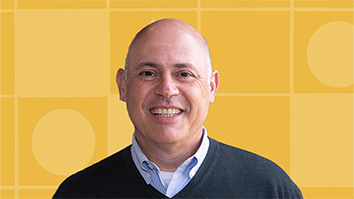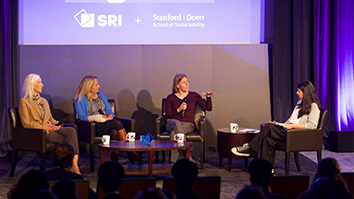Citation
Shaver, D., Marschark, M., Newman, L., Marder, C. (2014, April). Who is where? Characteristics of deaf and hard-of-hearing students in regular and special schools, The Journal of Deaf Studies and Deaf Education, 19(2), 203–219.
Abstract
To address the needs and abilities of deaf and hard-of-hearing (DHH) students in different educational settings, it is important to understand who is in which setting. A secondary analysis of the National Longitudinal Transition Study 2 database was conducted to examine differences in the characteristics of students who attended special schools, such as schools for the deaf, and those who attended regular schools serving a wide variety of students, such as neighborhood, alternative, and charter schools. The study included a nationally (U.S.) representative sample of about 870 DHH secondary school students. Findings from parent interviews and surveys revealed that students who attended only special secondary schools had greater levels of hearing loss, were more likely to use sign language, had more trouble speaking and conversing with others, and were more likely to have low functional mental scores than students who had attended only regular secondary schools. There were no differences in the presence of additional disabilities or cochlear implants between students in the different settings. In many ways, student characteristics did not vary by school type, suggesting that both types of secondary schools serve students with a wide range of needs and abilities.


